The toll on civilians is staggering. According to humanitarian organizations and satellite evidence, more than 700 villages have been burned, displacing over 1.5 million people.
By The Independentist Editorial Desk
In the 1950s, the Union des Populations du Cameroun (UPC), led by Ruben Um Nyobé, Félix-Roland Moumié, and Ernest Ouandié, demanded genuine independence from French colonial rule. The response was brutal. French forces and local allies launched one of Africa’s bloodiest counterinsurgencies, in which entire villages in Bassa and Bamileke lands were destroyed. Helicopters bombed civilian areas, militias carried out summary executions, and mass graves filled the countryside. Historians estimate that between 30,000 and 100,000 people were killed.
Even UPC leaders were systematically targeted. Um Nyobé was hunted down and killed in the forest, Félix Moumié was poisoned with thallium in Geneva in 1960, and Ernest Ouandié was executed in 1971. These assassinations established a model: eliminating key opponents to weaken resistance.
That same strategy has resurfaced in Southern Cameroons, today known as Ambazonia. Prominent figures such as Abendong Zacharia Akonung, Ni John Fru Ndi, Hon. Cyprian Awudu Mbaya, Barrister Joseph Mbah Ndam, Dr. Asanga, and Senator Henry Kemende have all died under circumstances that raised deep suspicion. Fru Ndi survived earlier assassination attempts, while his wife Rose died in Switzerland despite prior warnings. Senator Kemende’s 2022 murder in Bamenda was widely condemned. Former detainees also report that some prisoners in Kondengui, Buea, and Bamenda prisons were deliberately injected with unknown substances, never to recover.
Human rights monitors and local activists allege that military intelligence under Colonel Bamkoui has overseen widespread torture and disappearances. Politically, these actions are shielded by Atanga Nji Paul, Cameroon’s Minister of Territorial Administration, who regularly brands victims as “terrorists” and provides the official justification for crackdowns.
Disturbingly, credible reports also point to infiltration and betrayal from within. Some Ambazonians aligned with the regime are alleged to have played roles in exposing resistance leaders. One case often cited is the elimination of the Field Marshal of Lebialem, reportedly linked to backroom political dealings that compromised his safety. These betrayals echo the colonial tactic of using collaborators to weaken liberation movements from within.
The toll on civilians is staggering. The massacres in Ngarbuh, Mautu, Kumba, and Menka–Pinyin are only the most widely documented. According to humanitarian organizations and satellite evidence, more than 700 villages have been burned, displacing over 1.5 million people. Independent estimates place the death toll at over 30,000 in less than a decade — exceeding the toll of the UPC conflict in a fraction of the time. Survivors describe mass executions, rape, and deliberate destruction of food and water sources.
Cameroon’s government insists it is conducting counter-terrorism operations against armed separatists. But the pattern of scorched-earth tactics, collective punishment, and systematic targeting of civilians has drawn comparisons to the repression of the UPC.
France’s role remains controversial. Cameroon’s security forces continue to receive training and support from Paris. Critics argue that France has enabled repression by shielding the regime diplomatically and sustaining military cooperation. The United Nations, Commonwealth, and Western governments have expressed concern but stopped short of addressing the political roots of the conflict: the contested status of Southern Cameroons following its annexation in 1961.
The echoes of history are striking. Between 1955 and 1971, tens of thousands perished in a silenced war against the UPC. Today, in Ambazonia, more than 30,000 lives have been lost in less than 10 years. Both tragedies share the same architects: a regime rooted in Bulu-Beti dominance, sustained by French strategic interests, and tolerated by a largely indifferent international community.
For Ambazonians, the conclusion is bitter. Their people are being killed in greater numbers, in more graphic and systematic ways, than in the UPC era. What was once hidden under colonial censorship is now visible through satellite images, video evidence, and eyewitness testimony — yet the world looks away.
The survival of Ambazonia is therefore not only a struggle for independence, but for existence itself.
The Independentist will continue to document these crimes. Silence is the first victory of genocide. Truth is the first step toward justice.
The Independentist Editorial Desk







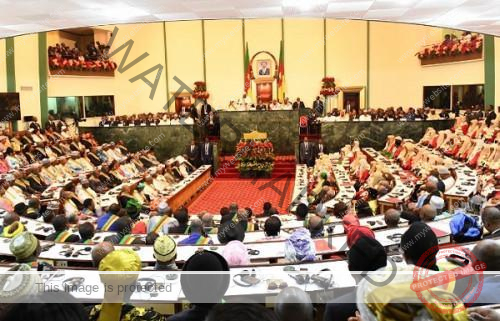





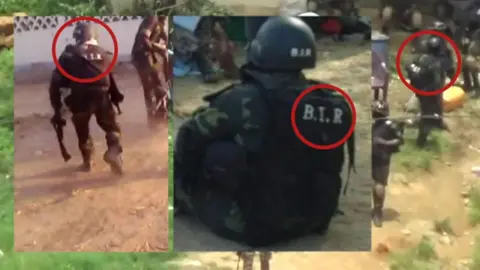
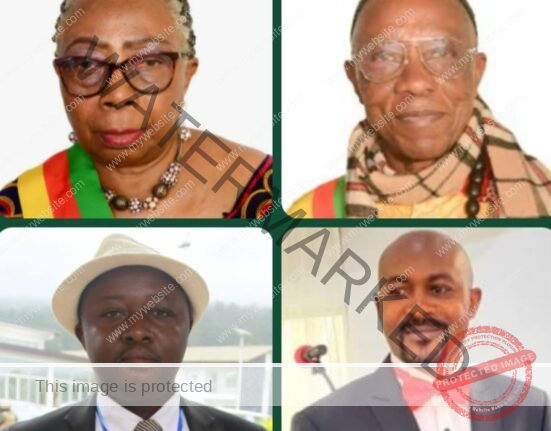
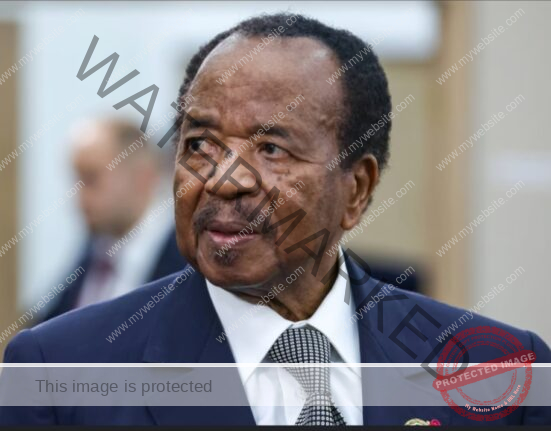
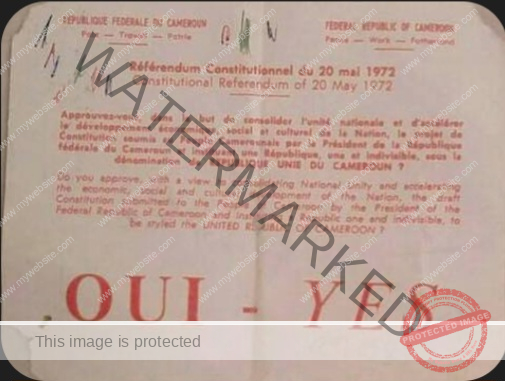
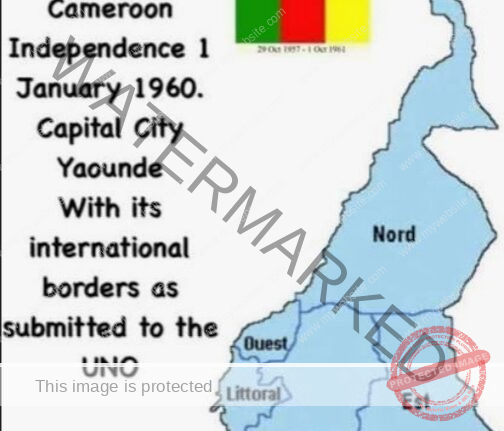
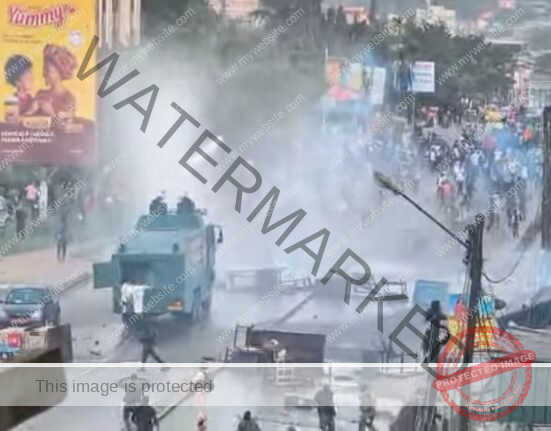


Leave feedback about this